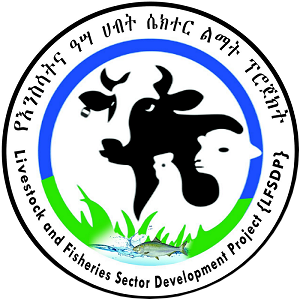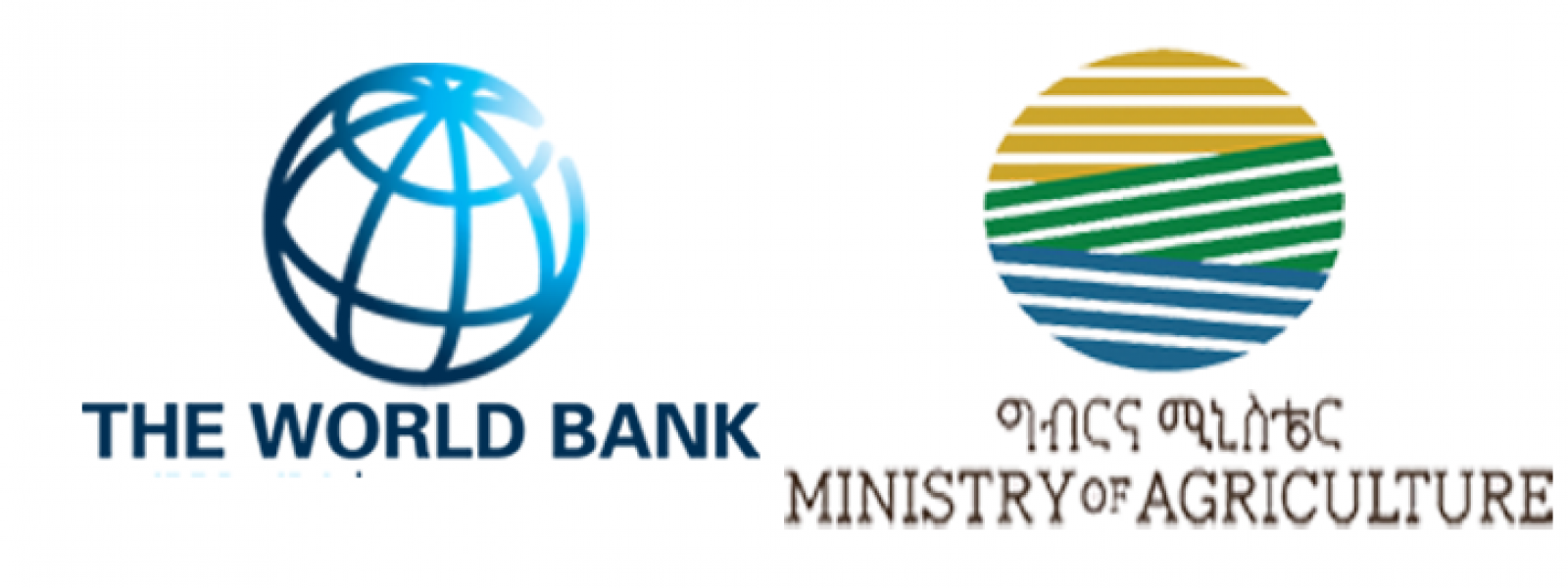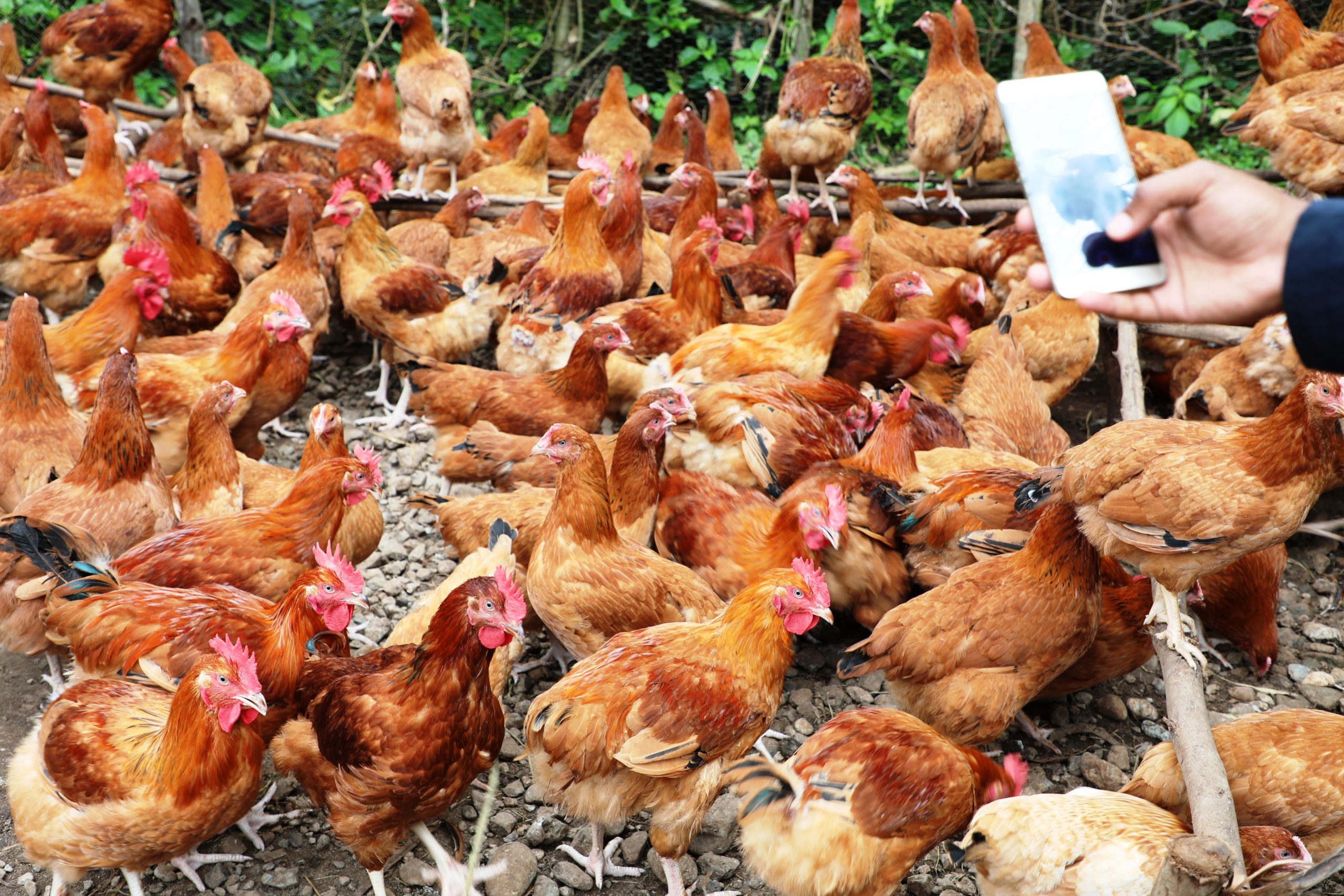The LFSDP is aimed at increasing productivity and commercialization of producers and processors in selected value chains, strengthening service delivery systems in the livestock and fisheries sectors, and responding promptly and effectively to crisis or emergency that affect the livelihoods of livestock keepers. The primary geographic focus of the project targeted value chains in the rural and peri-urban areas of the high potential highland regions where dairy, red meat, poultry, fishery, and aquaculture production systems are important. The project follows the government’s cluster approach and intervenes in the existing or planned clusters of dairy, red meat, poultry, fishery, and aquaculture. This approach is believed to enable the project to benefit from synergistic gains which might arise from other investment (infrastructure, private sector, etc.) coming into these clusters. While the crosscutting activities of the project will have a national coverage, the value chain activities will be implemented in 58 woredas of the six regions—Amhara, Tigray, Benishangul Gumuz, Gambela, Oromia and the Southern Nations Nationalities and Peoples (SNNP). The project targets four priority value chains: (i) dairy with small-scale mixed crop-livestock systems; (ii) poultry with improved semi-scavenging and small-scale broiler and layers systems; (iii) red meat in small ruminant systems and dairy beef; and (iv) fish with sustainable inland fisheries and aquaculture in selected suitable areas. In addition, the project intends to support the red meat cattle value chain nationwide through its support to the strategic national programs on animal health, access to feed and traceability systems.
In Gambela, the focus will be on fishery. The direct beneficiaries of the project include smallholder livestock and fisheries producers, producer associations and processors. The project is expected to support an estimated 1.2 million households, of which 466,000 are expected to benefit from the value chain development subprojects in the selected 58 woredas (component A) and 735,000 households from improved services (component B). Targeted staff of the MoA and associated livestock support institutions at federal, regional and woreda levels (e.g. NVI, NAGII), training institutions and extension services are also expected to benefit from capacity development support provided by the project The direct beneficiaries of the project will include smallholder farmer households, traditional and small-scale subsistence producers, farmers and smallholders with improved husbandry practices, and producer organizations. Smallholder producers are being considered around three different levels of poverty, knowledge and practice advancement as described below:
Level 1: (i) Livestock and fisheries smallholder subsistence farmers (ii) Non-farm actor groups of unemployed youth, men and women Level 2: (i) Improved smallholder farmers/ fishermen(women) and small-scale processors (ii) Improved non-farm actor groups such as unemployed men and women, youth who graduated and organized in primary cooperatives or other forms of interest groups Level 3: Specialized smallholder farmers/fisherman (women) and specialized small-scale processors
Other direct beneficiaries include small- and medium-scale livestock and fisheries processors; vulnerable groups, particularly women and youth; and livestock support service institutions, including public livestock research and extension services and other service providers involved in the targeted livestock value chains in the project areas. Moreover, targeted staff of the MoA at federal,
regional and woreda levels are expected to benefit from capacity development support provided by the project. Indirect beneficiaries of the project will include other livestock producers not directly involved in the project activities who would benefit from the national programs (e.g. improved animal diseases service delivery). Value chain actors such as buyers, processors and exporters would benefit from increased and more regular supply of better-quality livestock products. On the consumption side, consumers in Ethiopia would benefit from the increased supply of better-quality national animal source products. Other indirect beneficiaries would be livestock service providers, including private veterinarians and input suppliers (e.g. feed, veterinary medicines and genetic material suppliers).



I would like to work with you
Please share any idea about LFSDP